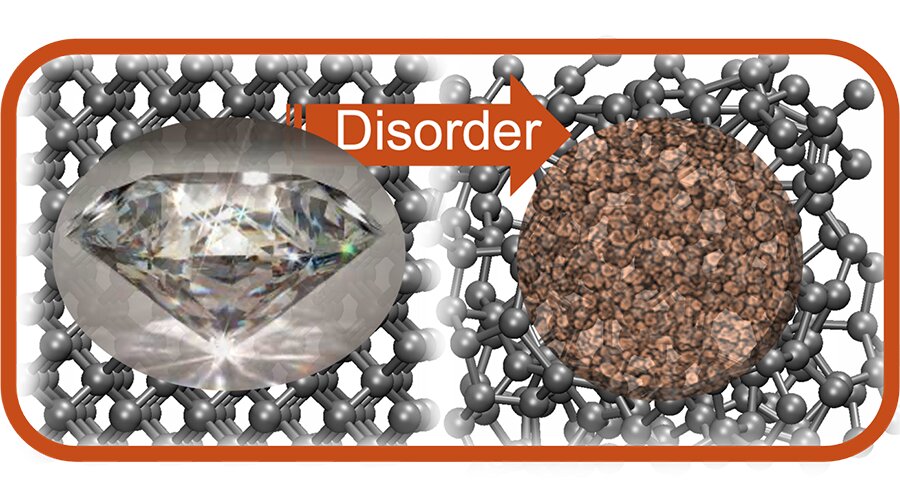
“We need to understand how disordered carbon works at a molecular level to be able to engineer this material for applications like solar energy conversion,” Giulia Galli, the lead scientist in the research project, said in a media statement.
Galli pointed out that, for decades, scientists have modelled the way the atoms move in amorphous carbon using the laws of classical mechanics – the set of equations that describe, for example, how a car accelerates.
For some heavy atoms of the periodic table, these classical equations are a good approximation to accurately capture many of the materials’ properties. But for many forms of carbon, and amorphous carbons in particular, the team led by Galli has found that using these classical equations to describe the movement of atoms falls short.

The researcher has spent the last 30 years developing and applying quantum mechanical methods to model and simulate the properties of molecules and solids. She originally investigated amorphous carbon at the beginning of her career, and she has recently returned to the challenge with new insight.
After carrying out new simulations of the electronic properties of amorphous carbon, this time integrating quantum principles to describe the movements of both the electrons and nuclei of carbon atoms, Galli and her team found that using quantum mechanics for both, rather than classical mechanics for the nuclei is critical to accurately predict the properties of amorphous carbon.
For instance, using their refined, quantum mechanical models, the group predicted a higher electrical conductivity than would have been otherwise expected.
The findings, reported in an article published in the journal Proceedings of the National Academy of Sciences, are helpful not only for understanding amorphous carbon but other similar amorphous solids as well.
However, according to the scientists, much more work remains to be done as disordered carbon materials can exhibit radically different properties depending on their density which, in turn, depends on the method used to prepare the material.
“When something is arranged in a crystal, you know exactly what its structure is but once it is disordered, it can be disordered in many possible ways,” co-author Arpan Kundu said.
This post has been syndicated from a third-party source. View the original article here.




